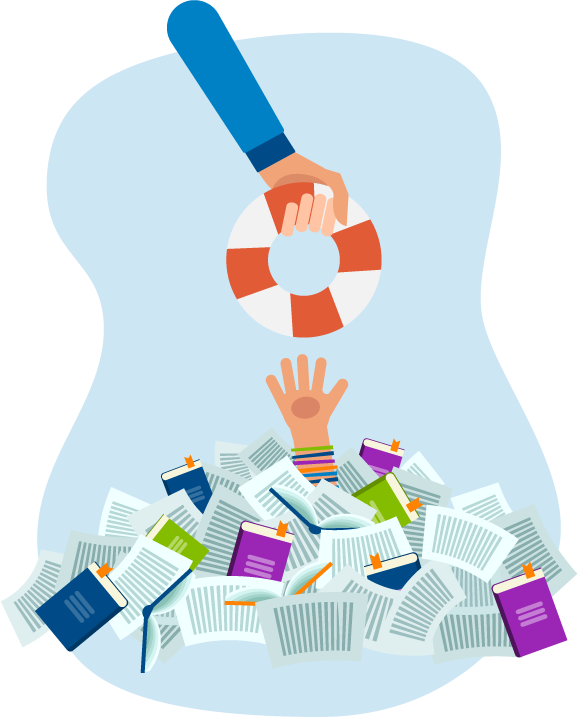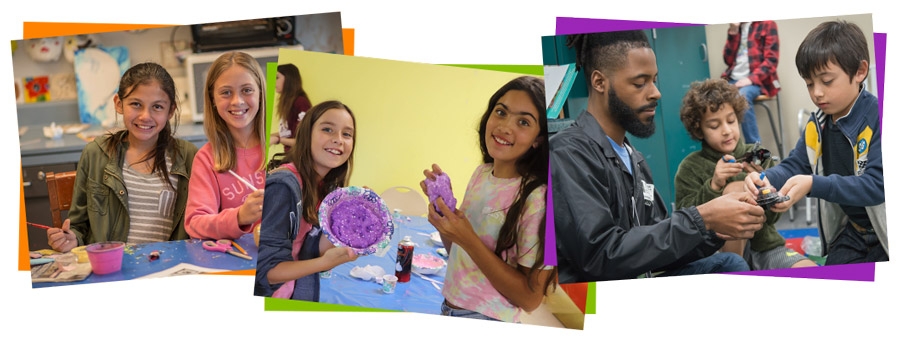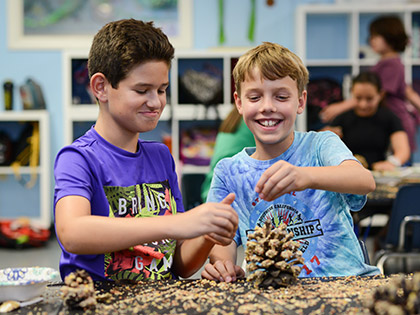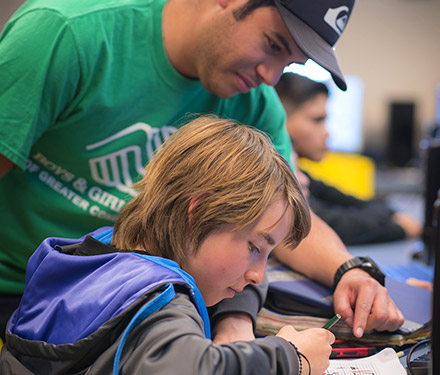Marlene A. Bumgarner, Ed.D.
marlenebumgarner.com
Children Are Experiencing Learning Loss at Higher Rates – Here’s What We Can Do About It
Most of us are aware that the pandemic has had a negative effect on our children’s academic development. There have been many studies on the effects of the coronavirus crisis on children’s academic progression. Math and reading scores have been slipping for years, but recent research reveals that most elementary and middle school children have lost at least half a year in math and nearly as much in reading as a result of online classes and social isolation.
Parents[1] worry their child’s academic development will continue to suffer over the coming summer break and beyond, as teachers struggle to differentiate their teaching to address wider than ever gaps in children’s skills. The recent release of NAEP scores has once again triggered a conversation between educators and parents about how to address learning loss[2]. Experts differ.
Supporting Academic Catch Up Through Tutoring & Academic Help
Some researchers, including Dr. Tom Kane of Harvard and Dr. Sean Reardon of Stanford, believe that more tutors, more after-school classes, more weekend classes, more summer classes, and even a 13th year of school is the answer[3].
That approach was echoed in a recent Washington Post editorial that concluded “The NAEP news should be a national wake-up call to re-emphasize rigor and high expectations.[4]”
I believe there is a better way.


Working In Creative Small Groups Can Help Build New Skills
According to Erik Erikson’s theory of socioemotional development, children between six and eleven are in Stage Four – Industry vs Inferiority – during which they are learning new skills. When children are successful at applying these new skills, they feel useful and develop a positive sense of self-worth. Rather than slogging through academic drills during their summer days, children are better served by working in small groups to construct things, conduct experiments, and to develop their own research projects.

Children can use papier mache, cardboard, styrofoam and wood to build creatures, bird feeders, stuffy houses, insect hotels, and mobiles. They can plant seeds in small containers, then dig in the soil to create a flower or vegetable garden to house the plants as they grow. Pairs of youngsters can conduct science experiments, such adding food coloring to cups of sprouting beans to see if the colors of the leaves change.
William Crain, professor emeritus of psychology at the City College of New York, wrote a letter to the editor following publication of the Kane and Reardon article that supports this view:
Children already experience much of their academic instruction as mind-numbing — especially that which is designed to raise standardized test scores. To add more of it is likely to further reduce their enthusiasm for learning, as well as the happiness they find in their free time. At a time of high rates of childhood depression and anxiety, our society must pay far more attention to children’s feelings toward learning and their enjoyment of life.[5]
Learning Loss is Impacting the Mental Health of Children & Their Families
Anxiety and depression have spiked in both adults and children. Perhaps even more significant than a half year’s learning loss, many parents believe the coronavirus crisis has significantly disrupted children’s home and family lives. As a result, parents worry about their own and their family’s mental health and emotional well-being. A study at the National Institutes of Health found that
children and college students reported feeling more anxious, depressed, fatigued, and distressed than prior to the pandemic. . . . As schools and researchers discuss future strategies on how to combine on-site teaching with online courses, our results indicate that understanding the mental health effects of the COVID-19 pandemic on children and college students is important to create timely, effective, and country-specific interventions that will improve children’s and college students’ mental well-being[6].

Our New Summer Club Programming Can Help
As the staff plan summer activities with the children, they will be guided by this research and the Boys & Girls Clubs’ mission statement:
At the Boys & Girls Clubs of Greater Conejo Valley, our mission is to enhance the lives of young people and their families by providing a positive environment that cultivates academic success, healthy lifestyles, good character and citizenship.
These four goals must be balanced. Rather than accentuating learning loss and academic recovery, staff will continue to emphasize social and emotional development, encouraging positive, trusting relationships between young children and their peers and with caring adults. “Cultivating academic success” does not mean hothousing children’s learning. Rather, it means encouraging a growth mindset, supporting children’s innate desire to inquire, experiment, and analyze. Children benefit from creative challenges, enjoyable projects, and opportunities to learn new things in an informal recreational way.
Our Clubs Create the Ideal Setting for Academic Development & Well-being
Afterschool staff work in an ideal setting to support children’s social and mental well-being, both of which are critical for children still recovering from the disruption in their lives caused by the coronavirus. Afterschool and summer programs are well suited to developing individualized and small group projects tailored to students’ individual instructional needs while providing enjoyable interactions with other children and with adults. Academic development can and should be supported, but within a context of safe and healthy environment.
[1] The Education Trust (2023): Poll Results Show Coronavirus Crisis Puts Parents’ and Young Children’s Well-being at Risk
[2] National Center for Education Statistics (2023) The NAEP 2023 Long-term Trend Age 13 Highlights Report is Here!
[3] New York Times Opinion Page, May 11, 2023: Parents Don’t Understand How Far Behind Their Kids Are in School
[4]Washington Post, June 21, 2023. National test scores plunge, with still no sign of pandemic recovery
[5] New York Times. Can Kids Recover from Covid Learning Losses? May 23, 2023
[6] Child Psychiatry Hum Dev. 2023; Mental Health Impact of COVID-19 among Children and College Students: A Systematic Review Elharake, J.A., Akbar, F., Malik, A.A., Gilliam, W, &Omer, S.B. 54(3): 913–925.
THE AUTHOR
marlenebumgarner.com
For 40 years, Dr. Marlene Bumgarner (she/her/hers) taught child and adolescent development in community colleges and four-year institutions. For many years she was a member of the National Association for Afterschool (NAA) and the California School Age Consortium (CSAC), where she sat on the governing board. She is the author of Working with SchoolAge Children, a textbook published by Pearson.

